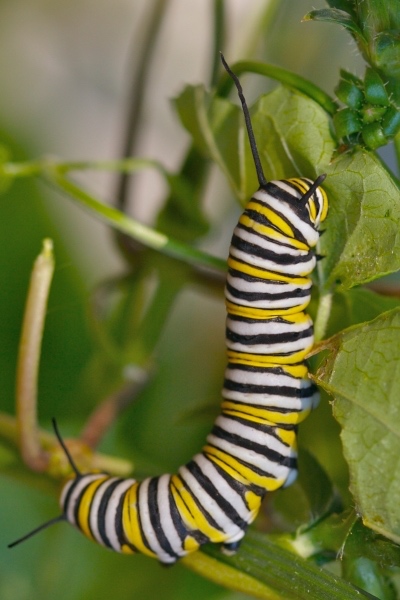Pollinator Education
National
A free distance-learning program about pollinators geared to grades 4 to 8. The following are two specific programs, one for students and the other for educators:
Lesson plans for almost every grade level K–12
North American Pollinator Protection CampaignNAPPC is a partnership among 120 diverse organizations, agencies, and individuals committed to protecting pollinators. For curricula about pollinators and their needs, see here.
Pollinator PartnershipPollinator curriculum for grades 3 to 6. A 127-page pdf includes background on pollinators as well as the scientific method. Has 6 modules, all including lesson plans/activities; pre and post assessments to measure changes in knowledge, attitude, and behavior; and supplemental information. The modules build on each other, so they must be done in order. The website also contains many other resources and helpful links.
Smithsonian InstitutionThree pollination lesson plans including introduction and activity sheets for each. The first is on flower reproduction, pollinators, and how pollen moves from stamen to stigma. The second covers the link between food production and pollination. The third is on the connection between pollinators and the plants they pollinate, including the adaptations these plants have developed to enable pollination.
U.S. Fish & Wildlife ServiceA number of links to other websites and resources. Most are for younger children, but there are links to other outreach programs related to pollinators.
Monarchs in the ClassroomLesson plans divided into three sections: K to 2, 3 to 6, and middle and high school. Most of the lesson plans are only about monarchs, but some cover insects in general. Each lesson plan includes the objective, background, and procedure, as well as worksheets or data sheets.
National Gardening Association Hooked on Hummingbirds WebsiteA useful website on the importance of hummingbirds to pollination. Includes a guide to building a garden to attract them and what flowers to plant. A link called Curriculum Connection leads to a page with a number of links to different activities for students, from outdoor observation of hummingbird behavior to flower structure and bird adaptations. Most appropriate for grades 7 and below, although no age is specified.
National Gardening Association Pollination Partners WebsiteIncludes background on pollination, which plants are best suited for pollinators, and instructions on how to create a pollinator garden for children. In the Biodiversity Detectives section, students in small groups are assigned or choose a 1-square-meter area to observe the abundance and types of pollinators, other animals, and plants.
Other Pollinator Initiatives

For general information about citizen science projects, check Citizen Science Central on the Cornell University website. Below are some additional ways you can participate in scientific research on pollinators and pollination.
Fall Activities
Scientists at Discover Life are gathering information about species diversity on goldenrods across the US. Check the website for details – then find some goldenrod and start photographing insects!
Spring/Summer Activities
Pick a site, set up your own research project, and inventory the bees over the course of a season.
Monarch Larva Monitoring Project
Volunteers collect long-term data on larval monarch populations and milkweed habitat by counting eggs and caterpillars over the course of the season. The overarching goal of the project is to better understand monarch distribution—how and why monarch populations vary in time and space.
The Great Pollinator Project is allied with the Great Sunflower Project—we used the same data-collecting protocol and the same plant species for observation. You can participate directly in the Great Sunflower Project by visiting their site and signing up.
In April, observe bees visiting the spring beauty (Claytonia virginica) to help researchers find out more about which species pollinate this native spring wildflower.
North American Butterfly Association Fourth July Butterfly Count
This annual butterfly count is part of an ongoing, nationwide project of the North American Butterfly Association. One day each summer, participants count all the butterflies they can find within a given search area. Check the website to find a count area in the New York metropolitan region.
Celebrate National Moth during the last week of July. Check the website for information about activities and projects across the country.
